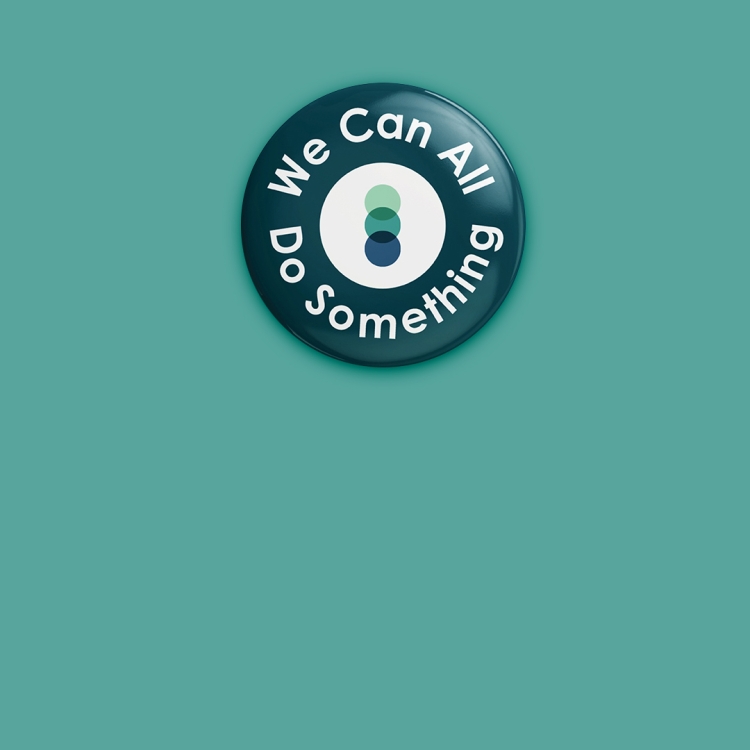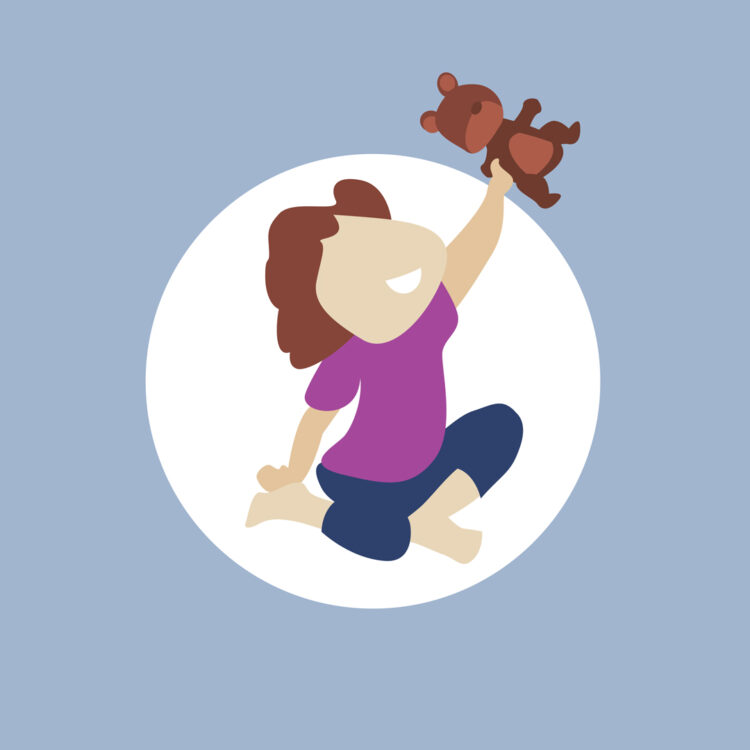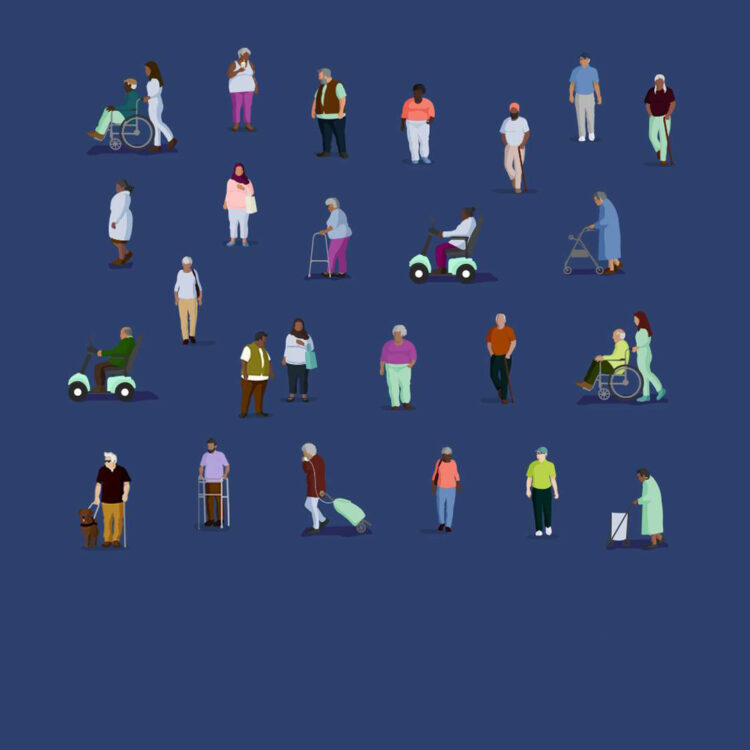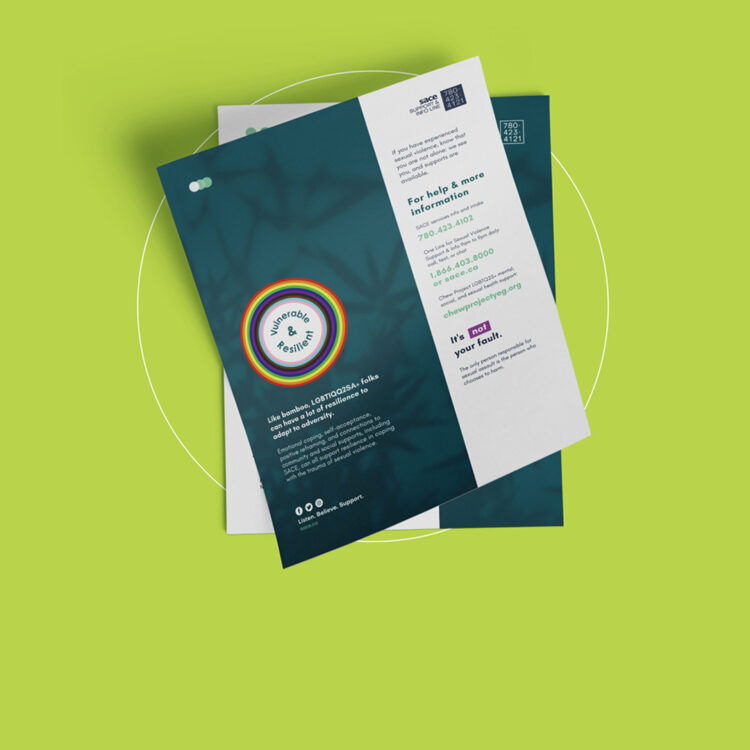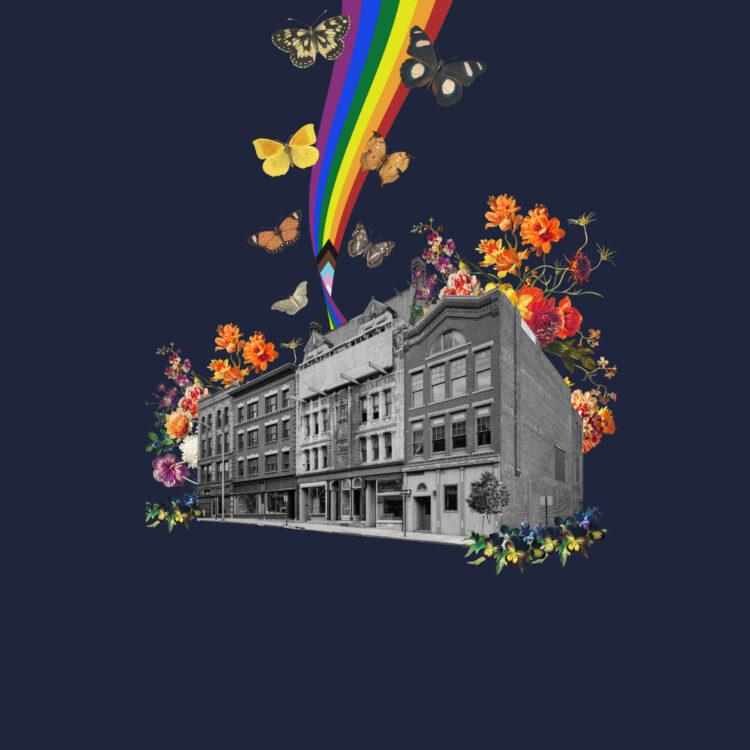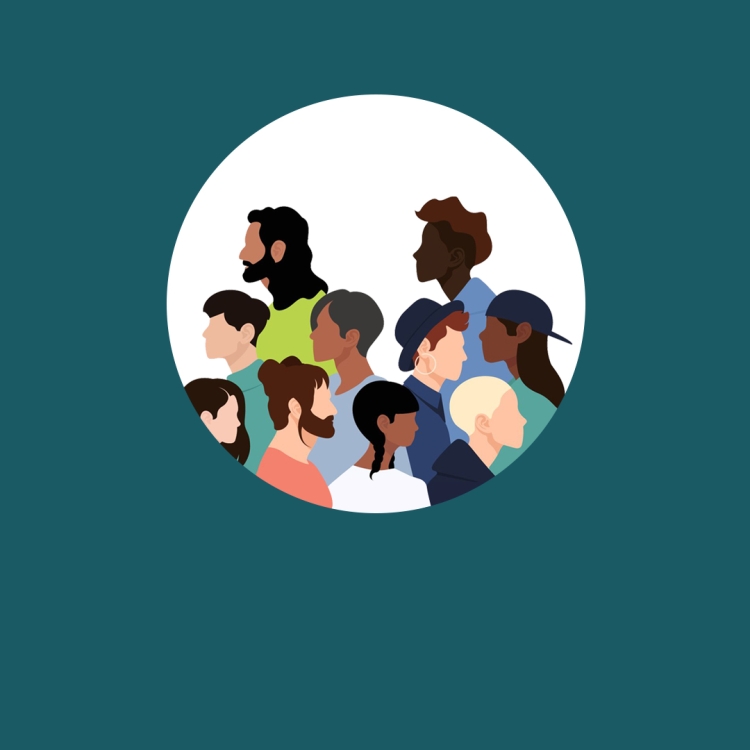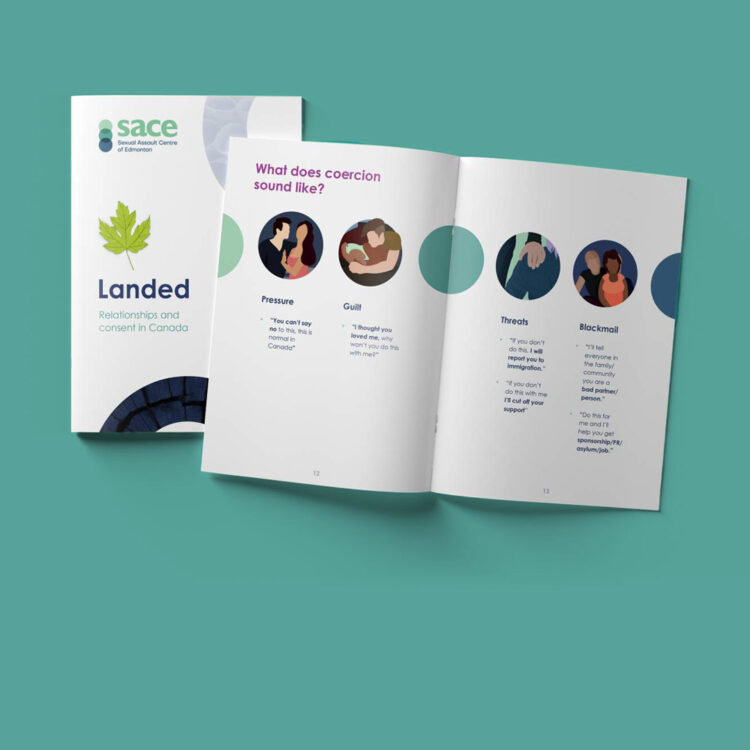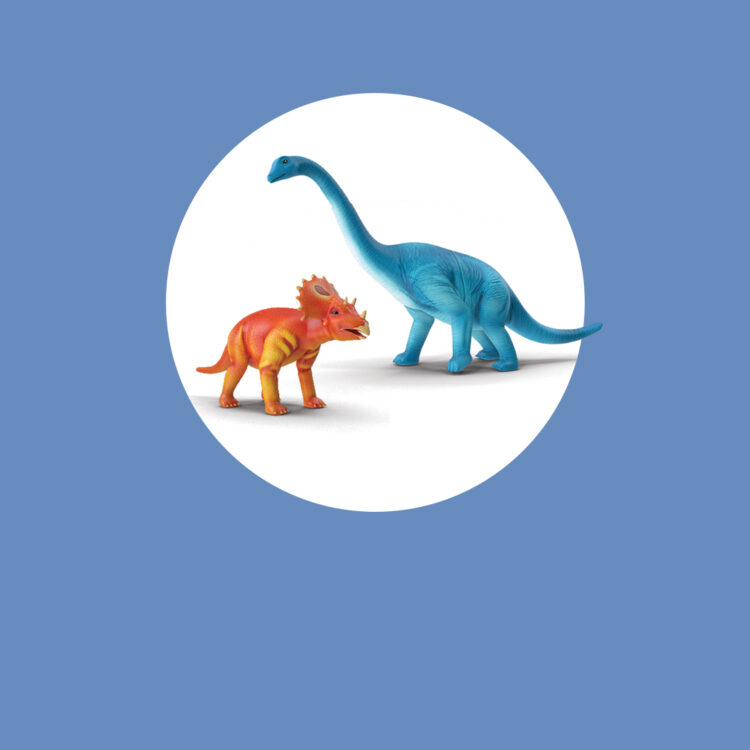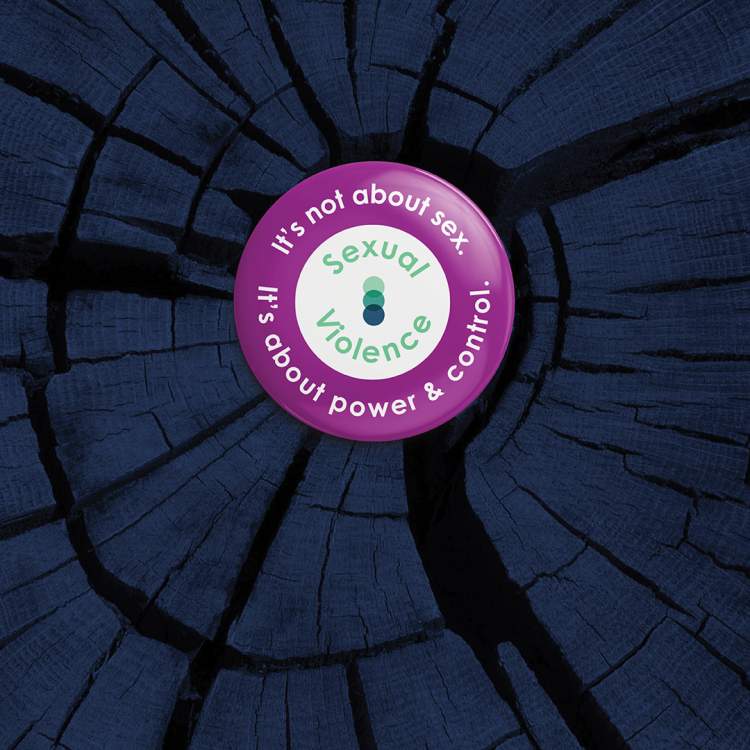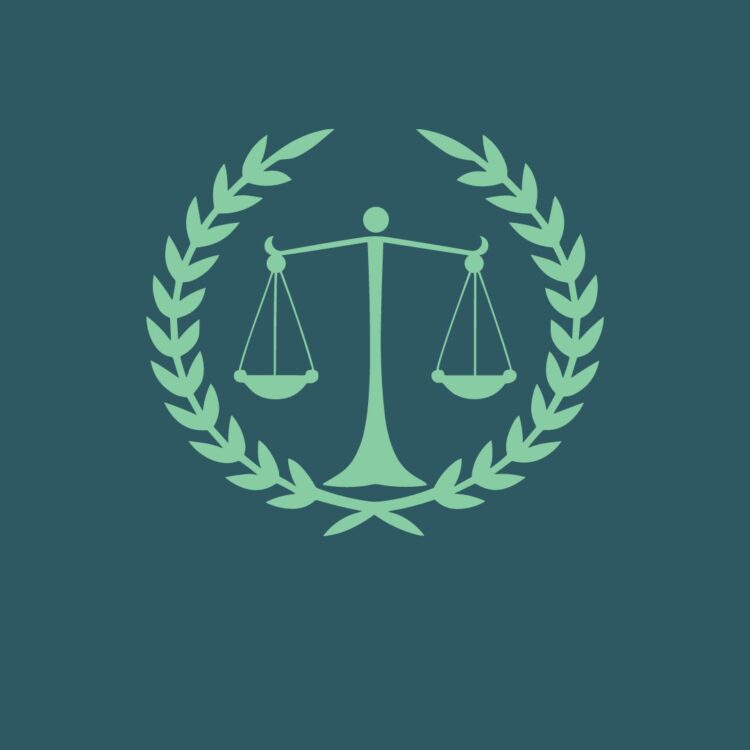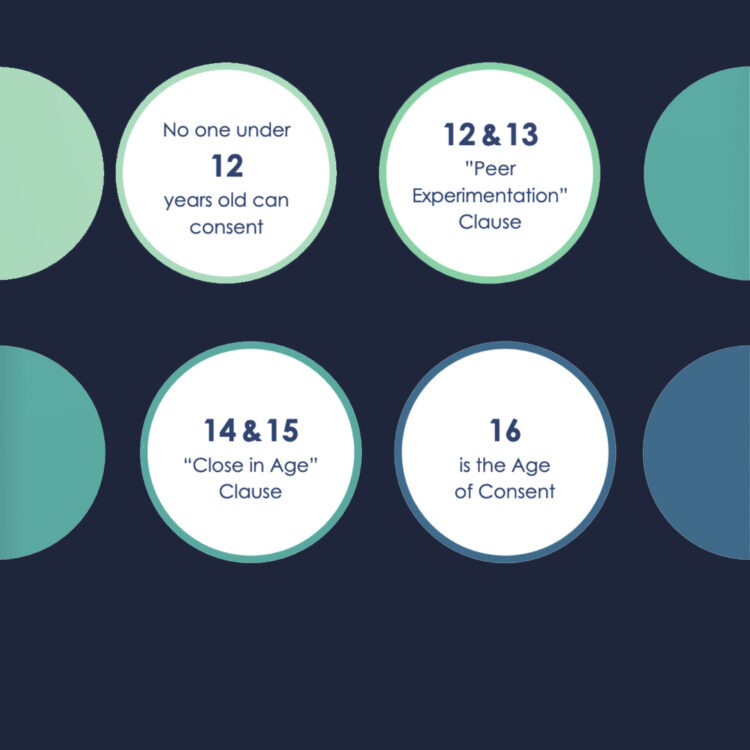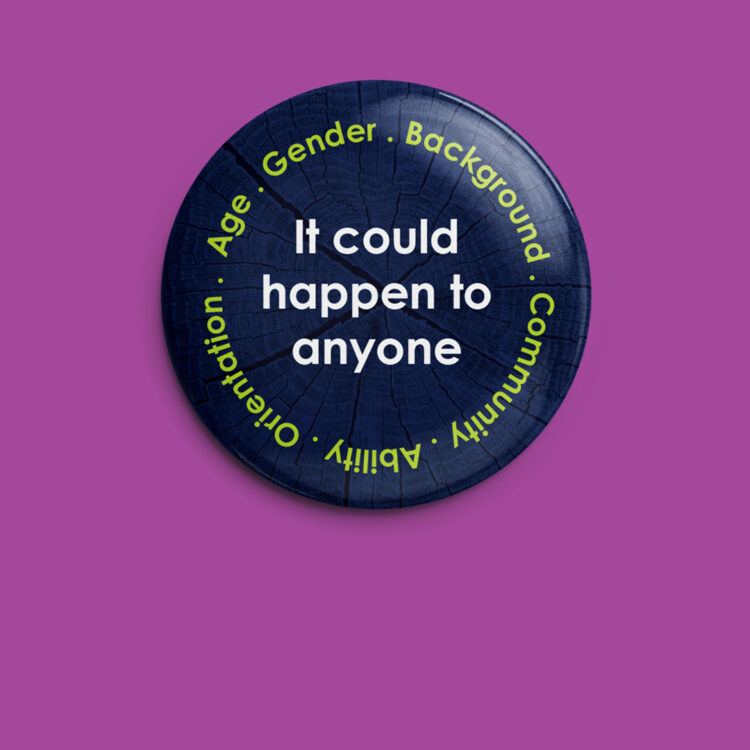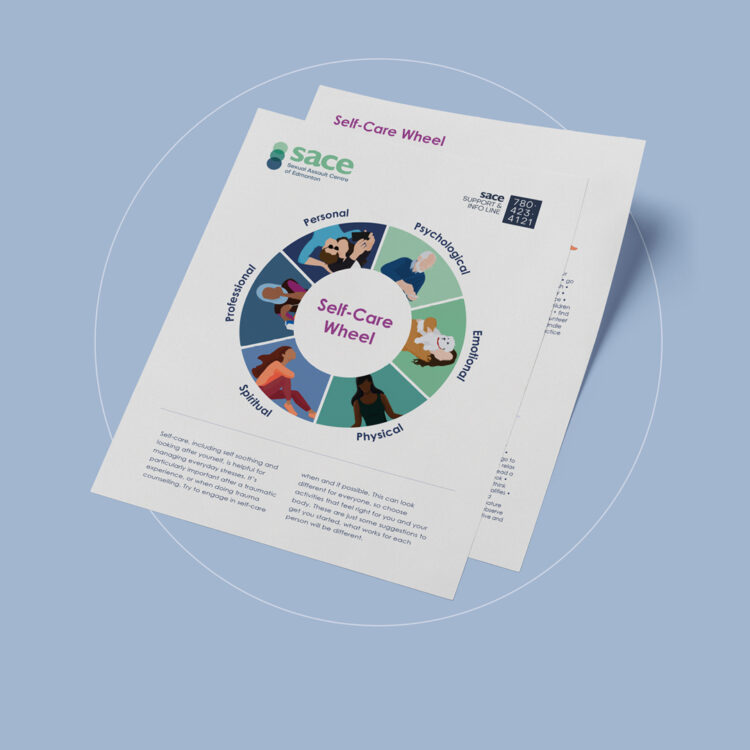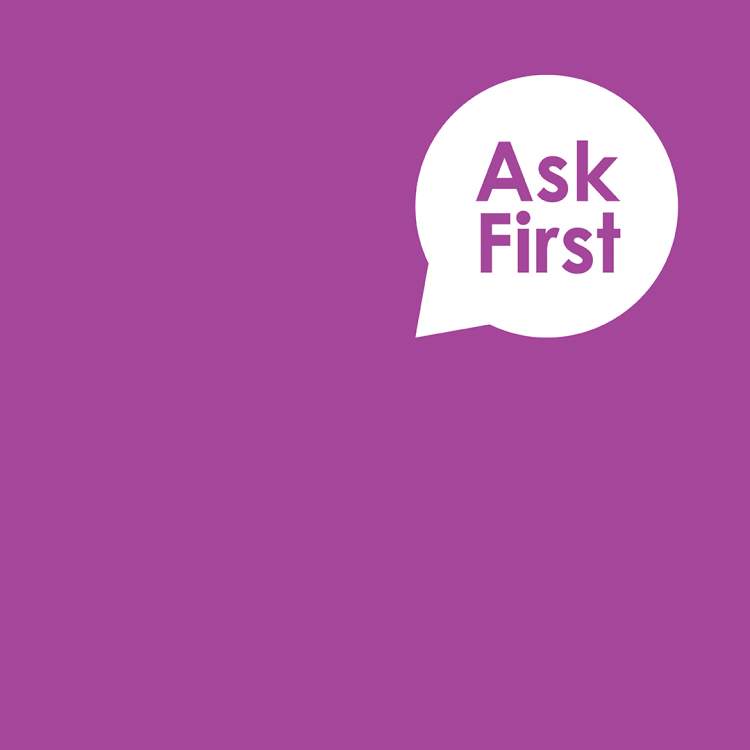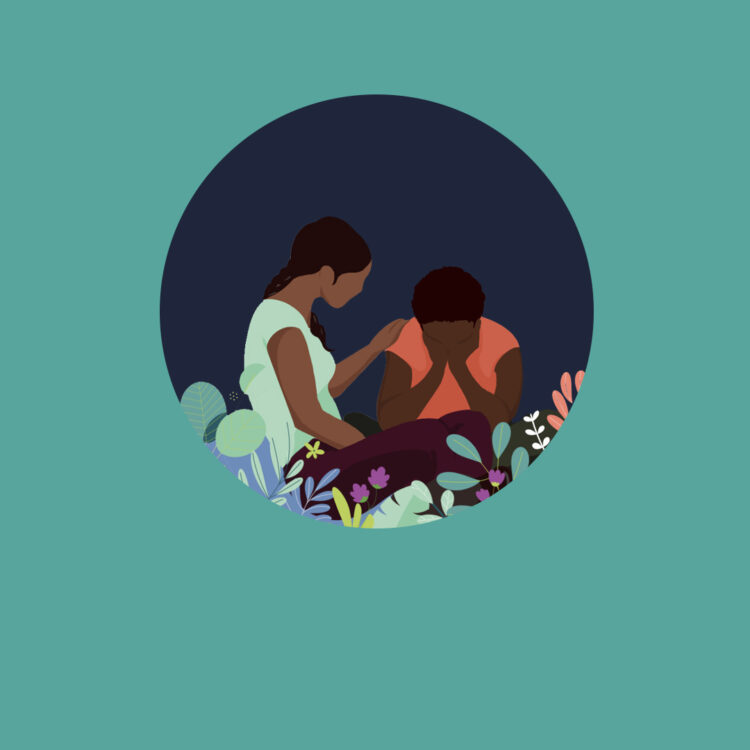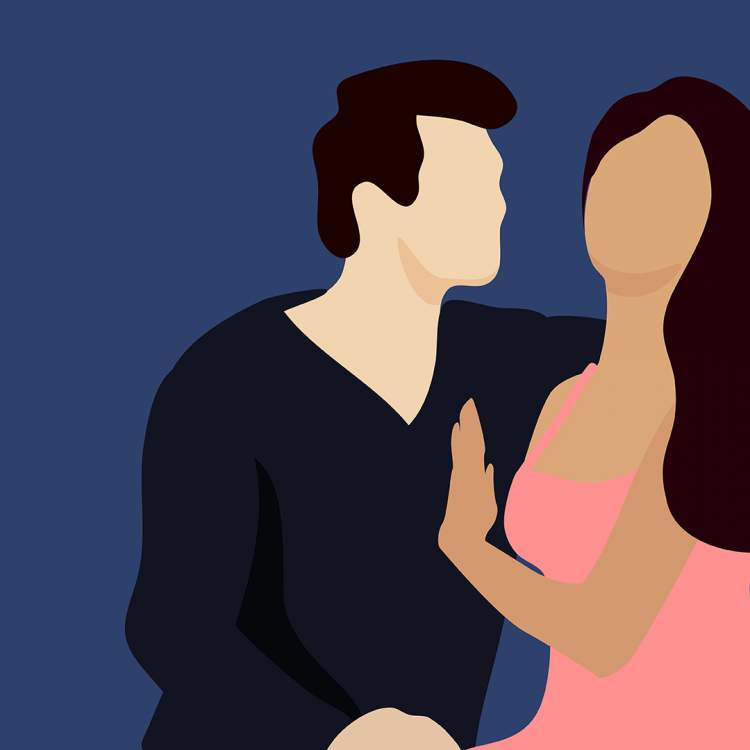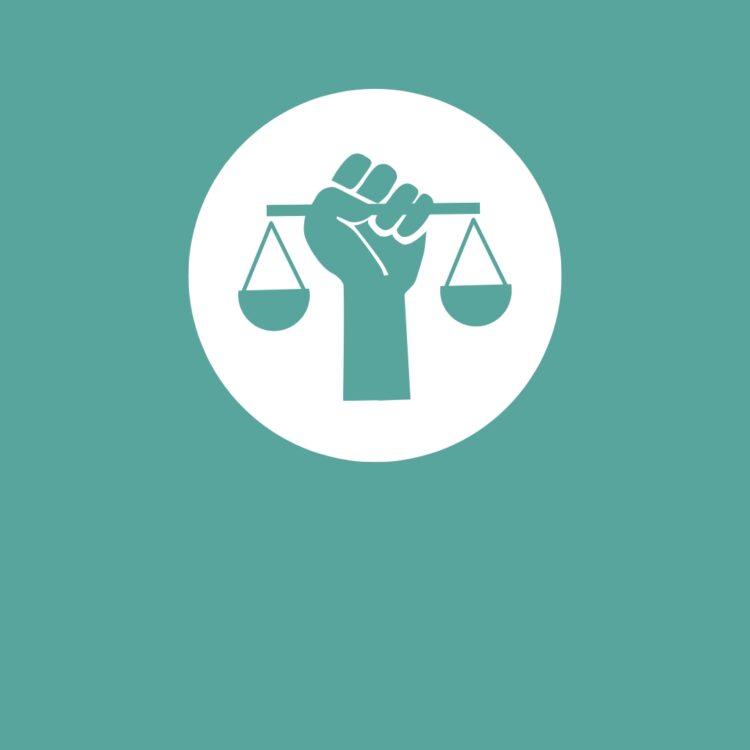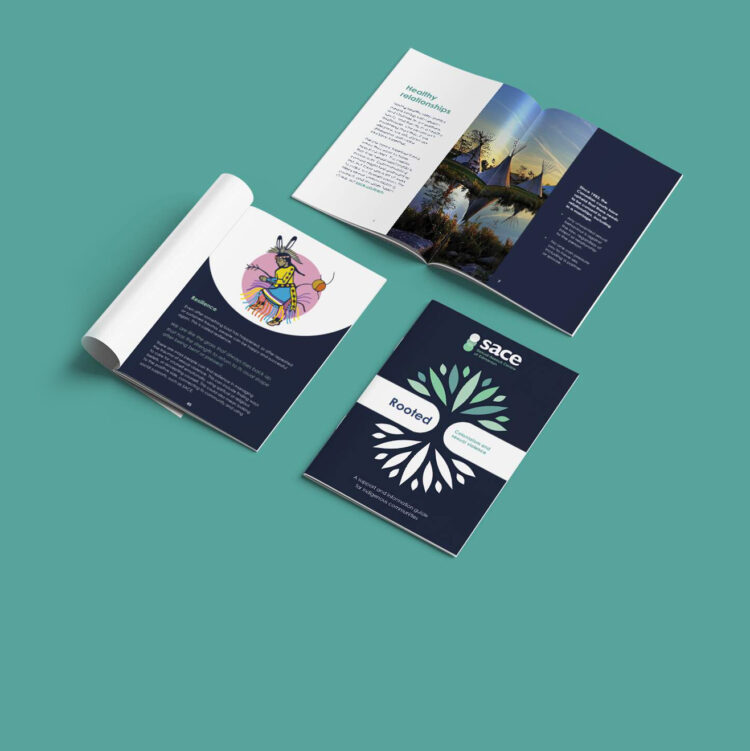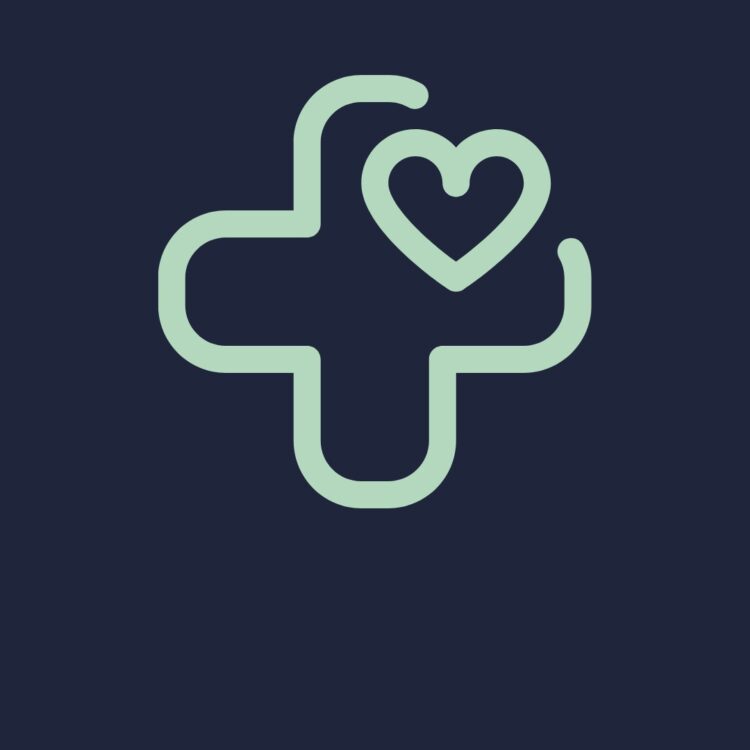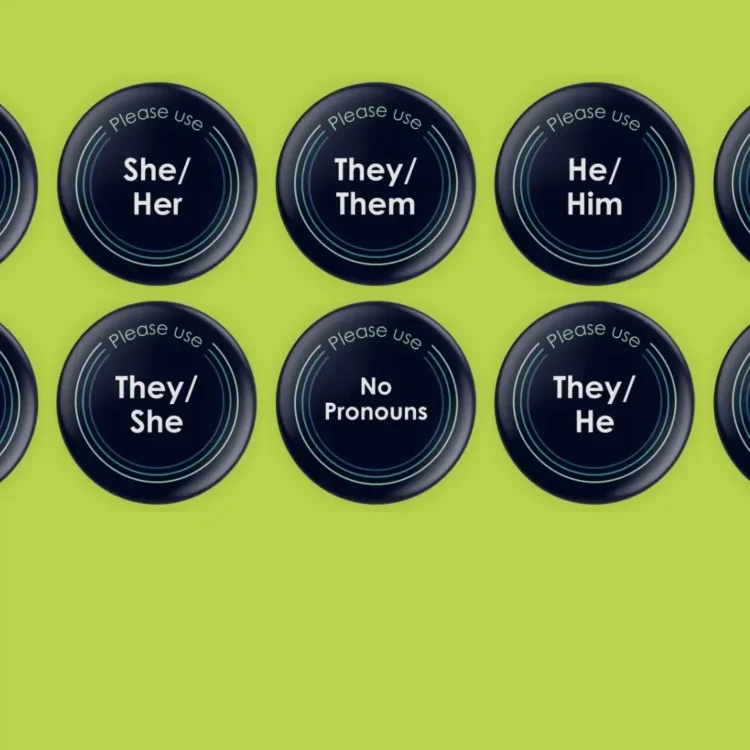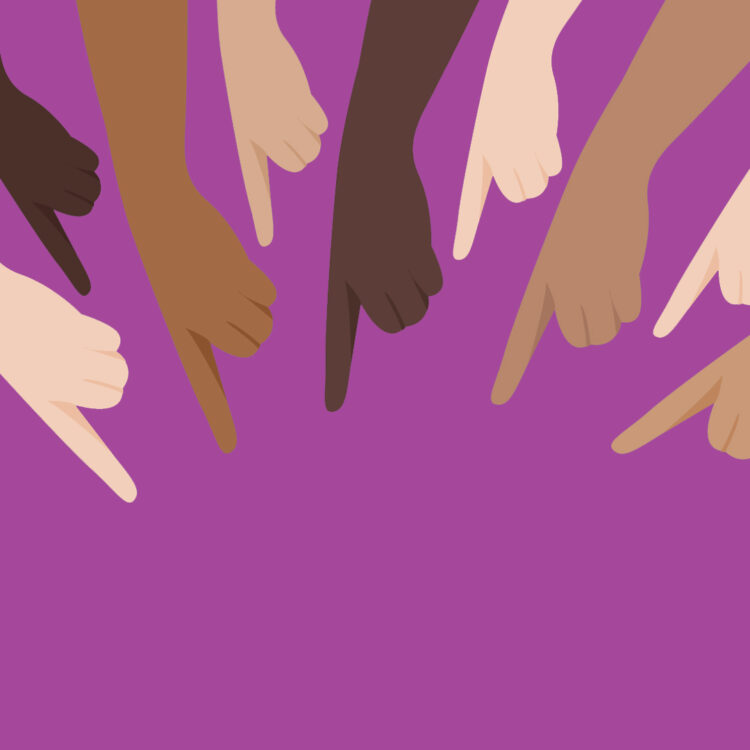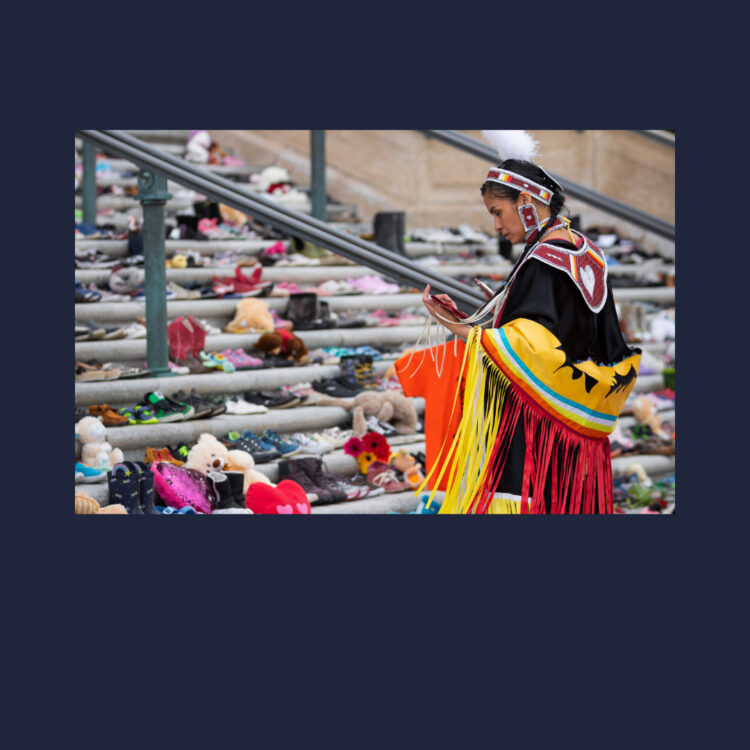The improper exposure of a child to any sexual contact, activity, or behaviour. This includes all sexual touching, the invitation to touch, exhibitionism, exposure to pornography.
Learn
Welcome to the SACE Learn Hub.
Here you can find resources and information on different forms of sexual violence, including sexual assault, sexual abuse, sexual harassment, sexual exploitation, non-consensual photo sharing, and more. Whether you have experienced sexual violence, are interested in learning how to be a better supporter, or want to understand the issue of sexual violence, we have content on a range of topics of interest.
Browse and click the tags below to search for articles and videos on specific topics.
- All
- 2SLGBTQ+
- Bystander Intervention
- Children
- Coercion
- Community Resources
- Consent
- Counselling
- Gender
- Handouts
- Healing & Self Care
- Indigenous
- Legal & Justice
- Medical Care
- Men & Masculinity
- Myths & Stereotypes
- Newcomers/Immigrants/Refugees
- Non-Consensual Photo Sharing
- Older Adults
- Power, Control, & Coercion
- Privilege & Oppression
- Racism & Colonialism
- Rape Culture
- Safer Spaces
- Sexual Assault & Abuse
- Sexual Exploitation
- Sexual Harassment
- Sexual Violence Prevention
- Statistics
- Supporting Survivors
- Trauma
- Victim Blaming
- Youth
All
- All
- 2SLGBTQ+
- Bystander Intervention
- Children
- Coercion
- Community Resources
- Consent
- Counselling
- Gender
- Handouts
- Healing & Self Care
- Indigenous
- Legal & Justice
- Medical Care
- Men & Masculinity
- Myths & Stereotypes
- Newcomers/Immigrants/Refugees
- Non-Consensual Photo Sharing
- Older Adults
- Power, Control, & Coercion
- Privilege & Oppression
- Racism & Colonialism
- Rape Culture
- Safer Spaces
- Sexual Assault & Abuse
- Sexual Exploitation
- Sexual Harassment
- Sexual Violence Prevention
- Statistics
- Supporting Survivors
- Trauma
- Victim Blaming
- Youth


